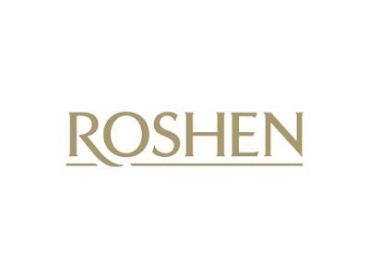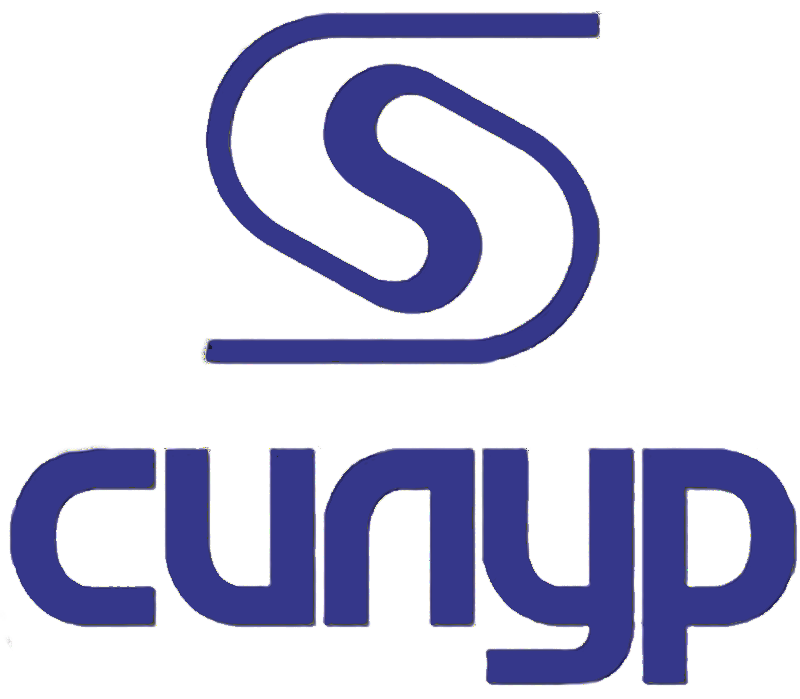Modernization of IT infrastructure for the bank
Categories
Description
Description is not ready yet
Details
Business tasks
Enhance Staff Productivity
Reduce Costs
Ensure Security and Business Continuity
Problems
Aging IT infrastructure
No automated business processes
IT infrastructure does not meet business tasks
IT infrastructure downtimes
Complex and non-transparent business processes












